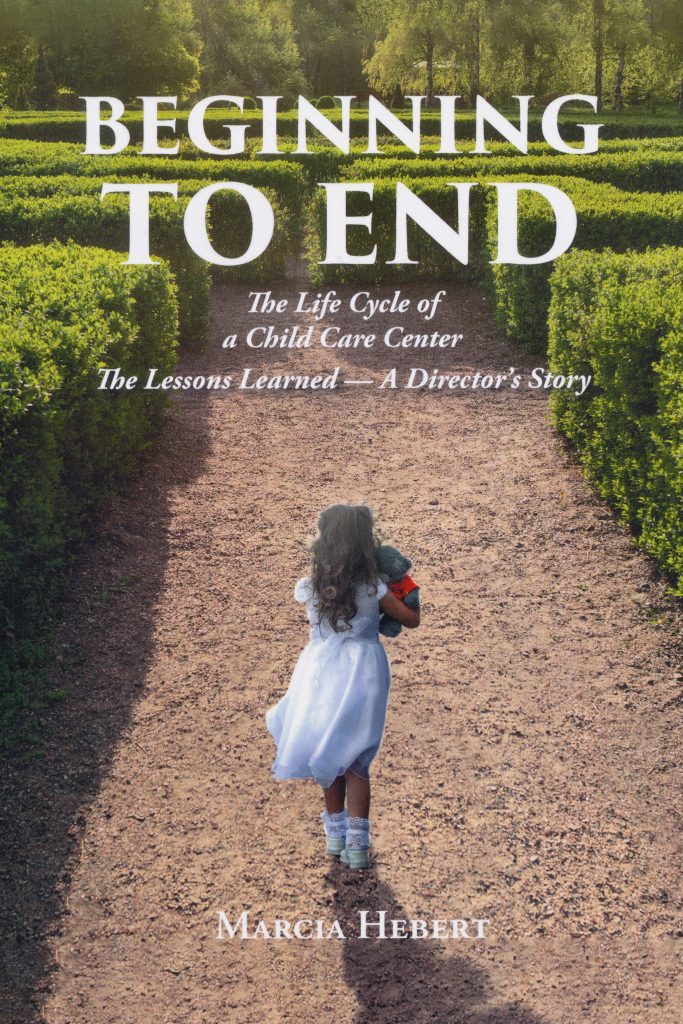
Making the shift from traditional, individual infant and toddler classrooms to the Zero-to-Three model (where the youngest children and teachers remain together until the child reaches preschool age) brought with it environmental challenges and extra training for teachers and their supervisors, but the benefits we anticipated, and then experienced, far, far outweighed the initial effort required.
The following is a letter from a parent in our John Hancock Child Care Center in Boston. As you’ll read, not only did the children and teachers benefit from the Zero-to-Three model, so did the parents.
“I had the good fortune to send my two daughters to the JHCCC. Kiley attended the Center from the age of 11 weeks until age 5. Caroline attended from 4 months until 15 months. Kiley experienced the entire 0-3 program, while Caroline’s experience was curtailed by the unfortunate closing of the Center. I have seen the pros and cons of both structures firsthand.
As a parent, I preferred the Zero to Three structure. Kiley was able to grow strong bonds to the same set of teachers and children during her most vulnerable and exploratory years. This provided her with a solid foundation to depend on each day. Also, her teachers knew her so well that as she aged and grew, they could anticipate her challenges and adjust to best meet her needs with ease. We didn’t have to re-introduce her to a set of teachers every few months and go through a learning curve as they got to know her. Kiley and her friends developed a sibling-like bond to one another. This could not have been accomplished without the consistency of the classroom over so many years. The families of these children also grew very close as a result of so many shared years together. Parents benefit so much from exchanging advice and ideas about parenting. This is much easier once you have time to develop relationships. I also grew very close to Kiley’s friends, since they were a common group for several years. It is remarkable to watch children grow from babies to toddlers to preschoolers, and I still have a strong affection for those children Kiley shared the Zero to Three program with. All of these individual relationships—teacher to child, child to child, family to family, parent to parent, and parent to other children—resulted in a beautiful, nurturing, strong community.
I am pleased with the care my youngest daughter, Caroline, is receiving at her current daycare. However, I felt like Caroline just got settled in her new classroom last fall and then suddenly moved by herself to the older toddler room with a new set of teachers. Some of the children overlapped, but others were completely new to us. It has taken me awhile to learn the names of the children and to be able to even talk about Caroline’s friends with her. The teachers had to learn Caroline’s quirks and preferences all over again. Only now, three months after her move, can I say that all of us are on the same page. That is a lot of lost time in a young child’s life! I also don’t have the sense of community I felt as a result of the Zero to Three program at the JHCCC. I share ‘hellos’ and ‘goodbyes’ with Caroline’s friends’ parents, but that is about all. I am starting to get attached to the children in her classroom, but soon some will graduate and others will move in from the younger class and there will be another shift in the classroom dynamic. More new faces to learn, more old friends to miss. Caroline’s experience is rich in many ways—she is learning a great deal. She is loved and challenged and happy. The experience is singular though, as opposed to a shared experience. It lacks a lot of the special qualities of the Zero to Three program.
I hope my experiences help to inform your decisions. As a parent I found this program rewarding for all—children, teachers, and families. Children benefitted from the consistent care and strong attachment with both teachers and friends. Teachers grew closer to their children. They also enriched their teaching background by not being limited to one age group. And families grew closer to one another. We greatly respected, appreciated, and cared for our children’s teachers, as they helped us as well in our parenting. The Zero to Three program truly was a mutually beneficial structure.”
Sincerely, JW
Certainly, food for thought!
For more details on creating positive change for your organization, take a look at Beginning to End: The Life Cycle of a Child Care Center—A Director’s Story, available on Amazon.com.
